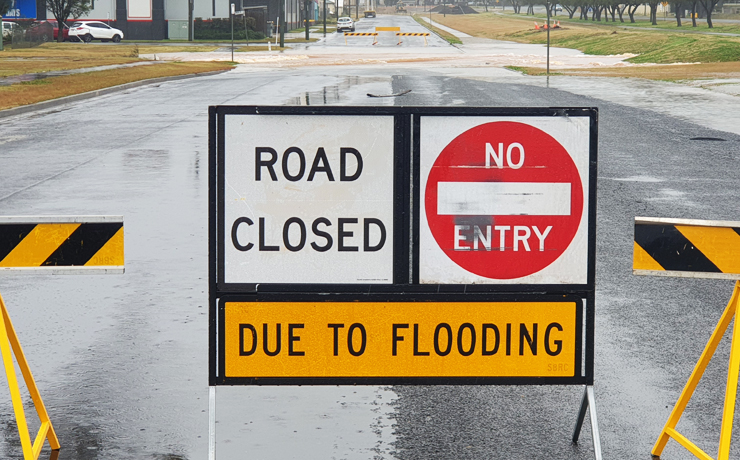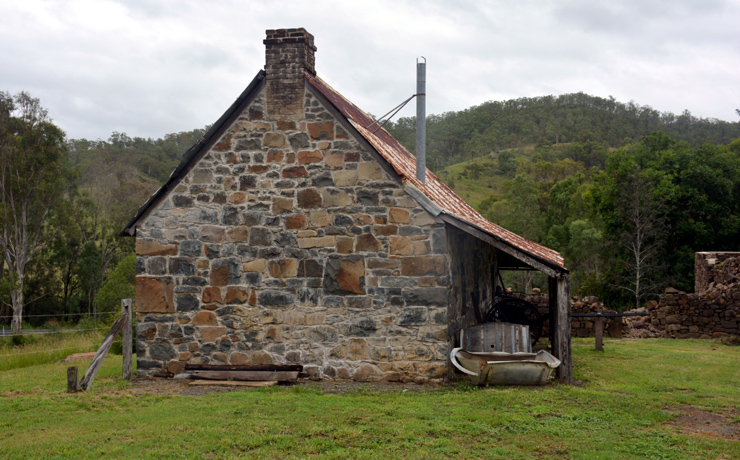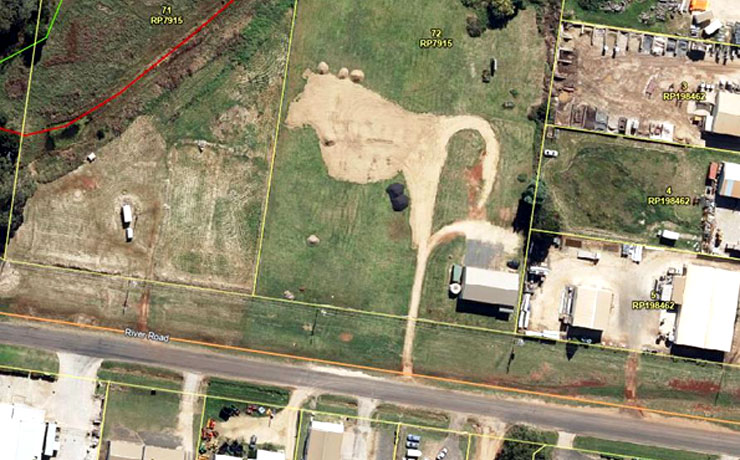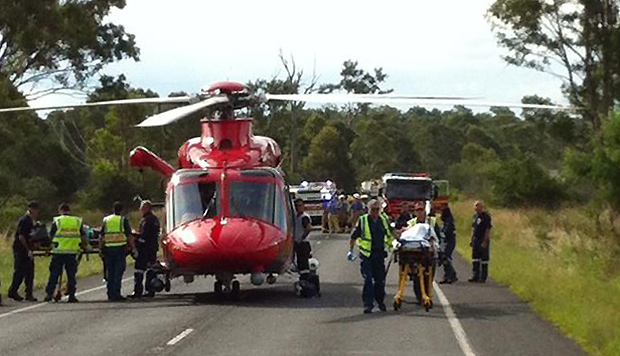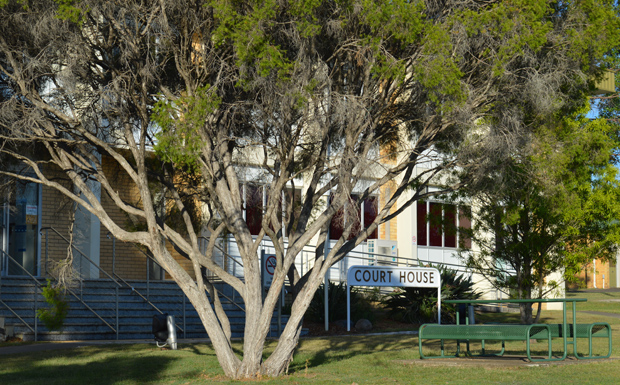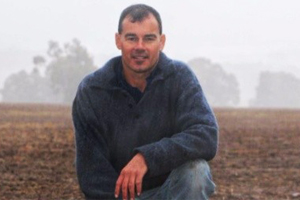Hand on heart, I’m asking you … please don’t do it! That is, put your hand on your heart.
Creeping Americanisms have always riled me – “skedule” for “shedule”, “prahject” for “pro-ject”, “sidewalk” for “footpath”, “rowt” for “route”- but the “Pledge of Allegiance” hand-on-heart stance is just one bridge too far.
And the more I see the habit spreading in the South Burnett, the more I hear my late Dad’s words ringing in my ears: “Yanks”
In the United States, civilians are asked to put their right hand over their heart during the Pledge of Allegiance as a sign of respect.
As a reminder, this is the Pledge of Allegiance (and inserting the word “Australia” doesn’t make it ours): I pledge allegiance to the Flag of the United States of America, and to the Republic for which it stands, one Nation under God, indivisible, with liberty and justice for all.
You will also see American dignitaries, such as the President, place their hand over their heart after they place a wreath on a monument or while the National Anthem is played. Again as a sign of respect.
But it’s also legal protocol.
The US Flag Code states: During a rendition of the national anthem when the flag is displayed all present except those in uniform should stand at attention facing the flag with the right hand over the heart.
This is what American kids learn to do every day at school.
When President Obama in 2007 – then a Presidential hopeful – failed to put his hand on his heart during a playing of the Star Spangled Banner, the internet went wild.
This one failure of protocol possibly started many of the rumours that he wasn’t really an American, and that he is a Muslim (he isn’t). But Obama did spend his early years growing up outside America, so chances are he did not have the hand-on-heart ritual inculcated into him strongly as child.
Protocol dictates that when the American public stands with hand on heart, uniformed soldiers stand at attention and salute.
Australian soldiers do the same; but Australian civilians always used to follow the British tradition.
We would stand at attention (arms straight by our sides) for the National Anthem, the Ode, Last Post etc. This is what I learned to do at school and what I saw others do at Dawn Services, Anzac Days etc as I was growing up.
I understood that the world I saw when I came home and switched on the black and white TV – the world of happy American families driving monstrously long convertibles on the right hand side of the road, shooting hoops, trick-or-treating at Halloween, eating hot dogs covered in ketchup at the ballgame, and craving peanut butter and jelly sandwiches with pickles – was foreign.
It was as foreign as standing with your hand on your heart or swapping high school rings.
It was not Australia.
Somewhere along the line, though, a lot of this differentiation between the two countries has become blurred.
I have seen South Burnett teenagers on Facebook write about their “moms”. Ugh.
And we all know how popular Halloween is now (at least to retailers).
I suspect the hand-on-heart tradition may be traced back to the aftermath of the Vietnam War where many Australian soldiers identified strongly with their US counterparts who were treated abominably upon their arrival back home.
This was then reinforced by countless war movies …
Now, many Australians seem to think that if you stand WITHOUT putting your hand on your heart, you are showing disrespect. People feel pressured into making the gesture.
Well, I’m here to say “Don’t give in!”
Be Australian and be proud of it! Stand quietly at attention, hands at your side.
Don’t fidget, don’t look around everywhere, don’t scream at the kids, and don’t put your hand on your heart!
PS: I’m just objecting to the spread of American habits. I’m not buying into the conspiracy theory that the “hand on heart” posture is a secret Illuminati, Knights Templar, Jesuit or Cabalistic (insert conspiracy theory here of choice) signal.













